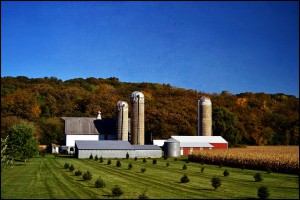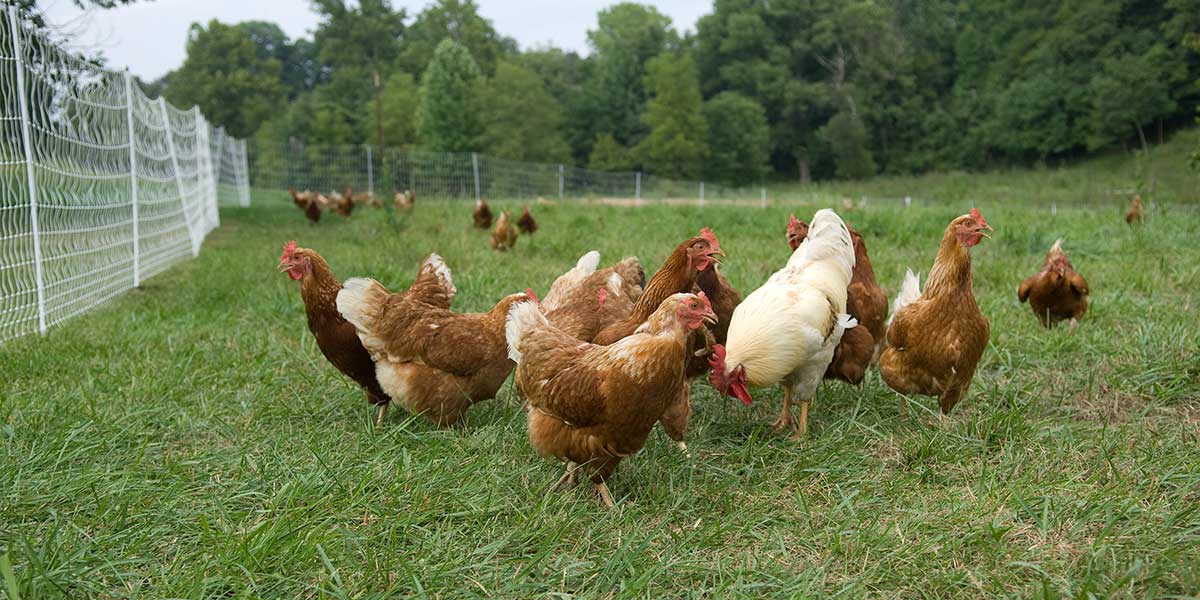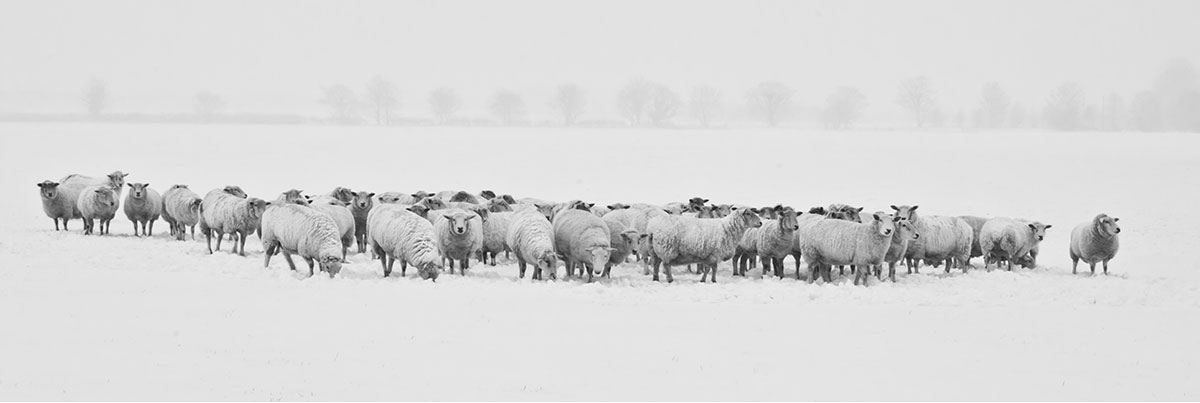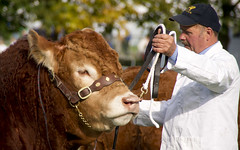 With calving season once again around the corner, I wanted to revisit an old post of ours that gave out some quick tips on how to raise your cattle. So, without further ado, here is part one of our cow tips!
With calving season once again around the corner, I wanted to revisit an old post of ours that gave out some quick tips on how to raise your cattle. So, without further ado, here is part one of our cow tips!
Most people who live in the countryside, at some point, learn how to raise cattle, especially when spring comes. Greener pastures and warmer temperatures make it ideal to raise cattle for dairy or for meat. However, raising cattle is only half the battle, once you raise them you also have to maintain them, and that’s learning what you need to do all year round to make sure that your investment, stays alive and healthy. So here are some tips for raising and maintaining cattle.
 Raising Cattle
Raising Cattle
Buying – The first thing that you want to do once you decide you want to raise a few head of cattle is you need to find a good source for the cows. The best thing to do is to buy a few weaned calves or feeders that are a little bit older depending on your experience and comfort. You can usually scan through local newspapers for ads selling cattle or calves or you can place an ad yourself offering to buy. Also, it would pay to visit the local co-op as this can sometimes lead to some good leads to farmers who have some stock for sale. Auction houses can be another good source for calves, but buyer beware, auctions are notorious for getting rid of sick or ailing animals. If you are unsure what to look for, bring someone who has some expertise with you so you’re not sold a false bill of goods.
Shelter – Once you have your calves you’re going to need someplace to put them. A lot of beginning farmers waste a good sum of money in building expensive barns or sheds to place their cows. Honestly, a windbreak can provide sufficient shelter for calves and older cattle. A lot of beef cows spend most of their life in the open and mainly use what they can find in nature for shelter. While calves should have some protection from wind and rain, even the older feeders are pretty hardy as long as they have access to mom’s udder. One thing you absolutely need to consider when providing shelter for cattle is to make it draft free, but not air tight. Cattle expel a large amount of moisture in breathing and voiding waste. Structures that don’t allow that moisture to escape can cause serious health problems in your cattle.
Also you’re going to make sure you have some sturdy fences when raising cattle. Cows are big and heavy creatures and will tear through things like tissue paper if they’re not built to withstand them. While fences are expensive to build and maintain, one “hot” wire (a wire hooked up into an electric fence charger) will make sure that the cows keep off the fence and will help preserve it.
Pasture – Seasoned farmers have told us that a mixture of alfalfa, brome, and timothy is considered the best pasture for cattle as it encourages grazing. However, don’t overestimate the carrying capacity of your pastures. While you might see some great lush growth in the spring, that growth will easily turn into much drier and shorter come July and August and you can easily end up with too many cattle and not enough pasture. Plan ahead so you have more grass than cattle and not the opposite.
Water – Finally, make sure you have a good supply of water. Just to give you an idea, cows, on average, drink about 12 gallons of water per day. This average is a good rule of thumb to remember when setting up troughs or tubs as a water source. For the winter time, tank heaters are a great way to save your back from doing too much ice chopping as the weather drops.
Well thanks for coming by for some tips on how to raise cattle, come back next week to see some more tips on how to maintain your cattle and as always, for all your tag needs make sure to check out our range of cattle tags.
Lisa Podwirny is the owner of Ketchum Mfg. Connect with her on Google+!













